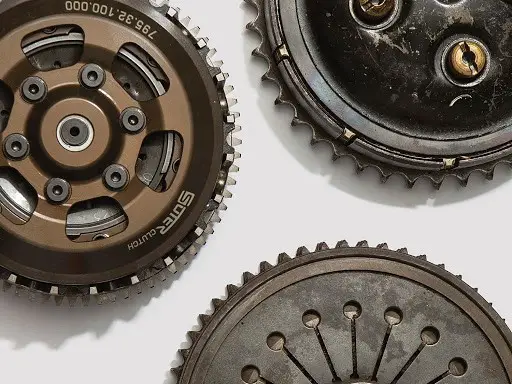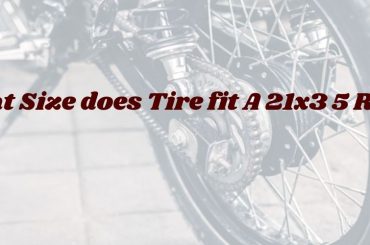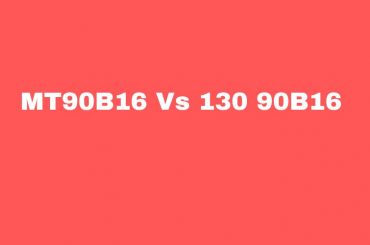Riding a Yamaha R6 motorbike with smooth-shifting gears gives you a sensation of power. A moto-master rides by downshifting into a curve, soaring your RPMs, then shifting back into overdrive and scorching down the straightaway. However, a faulty clutch throws all of that art out the window.
A decent clutch can last between 50,000 and 100,000 kilometers on your Yamaha R6. This is dependent on the vehicle’s making, model, and year, as well as the clutch type and your riding habits. Stop-and-go traffic, hauling large loads, aggressively engaging or dumping the clutch, and decelerating while riding the clutch are all indicative of clutch failure.
What is Clutch? How does it function?
It is critical to understand what a clutch is and how it functions concerning your motorbike’s powertrain before diagnosing any clutch issues. A clutch is a mechanical system that engages and disengages a powertrain or transmission between numerous rotating shafts in a motorbike.
Everyone is aware that when you engage the clutch, motorcycle engines can transfer power to the gearbox and, eventually, to the rear wheel, whether you operate it with your foot or your hand. What occurs when we engage or disengage the clutch might be a bit mysterious, so let us go through the basics of clutch functioning.
A stack of alternating plates is at the core of the clutch mechanism. The number of plates varies across clutch types, but you will always get a blend of fiber and steel plates regardless of the number. A layer of material is bonded or riveted to both ends of a metal core in the fiber plates. Originally, the substance was asbestos, but it has since been replaced with organic resins. The primary aim of any substance is to produce friction against the steel plates. Steel plates are simply flat steel plates that are sandwiched between fiber plates.
The plates are placed between the drive disc and the releasing disc once they have been stacked together. These are essentially top and bottom plate that has been ground smooth so that the fiber plates may ride against them in the same way that other steel plates in the stack do.
Three alignment dowels are also visible, which keep the drive and releasing discs locked together when installed. The fiber and steel plates are layered on the releasing disc in alternating sequence, starting with a fiber plate, while assembling the clutch. The steel plates are connected to the releasing disc by internal keys, allowing them to spin as a single unit. It is also worth noting that the keyways on the releasing disc are slots through which the steel plates may slide up and down. In contrast, the fiber plates are just floating between the steel plates.
Spring-loaded screws are utilized to keep the entire assembly together once the drive disc is mounted on top of the upper stack of plates. The screws thread into three clutch spring nut sectors after passing through the drive and releasing discs. This design allows movement between the drive disc and the releasing disc while keeping everything balanced.
By sandwiching the fiber plates and steel plates between the driving disc and the releasing disc, the clutch springs generate friction between them. When the clutch is engaged, the spring pressure is sufficient to keep all of the plates from slipping. As spring pressure is proportional to the motor’s horsepower, upgrading the performance of your motor typically necessitates the adoption of stronger springs to prevent the plates from slipping. The clutch spring screws may be tightened to soak up slop and restore spring pressure when the fiber plates deteriorate over time. A clutch pack is a name given to the complete unit.
The clutch basket, as its name implies, accommodates the clutch pack and is the final main component of the clutch assembly. There are keyways inside the clutch basket that correspond to the keys on the exterior of the fiber plates. These secure the fiber plates to the clutch basket while allowing them to move up and down, exactly like the keyways on the releasing disc. The clutch basket has gear that travels around the exterior and is connected to the engine by a chain or belt.
Now we have a complete clutch with steel plates secured to the releasing disc, fiber plates locked to the clutch basket, and everything spinning around thanks to a chain connected to the engine. The entire assembly rides on a set of roller bearings on the main shaft of the transmission. A keyway on the main shaft secures the drive disc to the main shaft. When the lever or foot pedal is removed while the clutch is engaged, this is the usual condition of the clutch. When everything is secured in place, the engine spins the clutch basket, which turns the clutch pack within, which turns the transmission’s main shaft.
How the Clutch Engages and Disengages?
In a normal situation, the clutch is engaged. The coil springs in the clutch are compressed and the pressure plate expands when a rider pulls the clutch lever to change gears, allowing the clutch plates to move independently. The clutch’s stake is set up such that the friction plate and steel plate alternate. The engine and clutch both move at different speeds as a result of this. Finally, the clutch disengages power to the transmission, allowing the rider to switch gears.
The clutch plates must be removed from one another to disengage the clutch. The clutch basket may continue to spin when the steel plates, releasing disc, and drive disc are all motionless because the fiber plates are locked to the clutch basket and the steel plates are locked to the releasing disc. The main shaft stops moving when the drive disc stops spinning, and no further power is delivered from the engine to the transmission.
The clutch pull rod rides on a throwout bearing that rests on the clutch release fork on the kickstart side of the transmission. The clutch release lever is attached to the top of the clutch release fork. The clutch release lever is the one that disengages the clutch.
The clutch release fork spins as the lever travels back towards the rear tire, pulling the clutch pull rod through the main shaft. As a result, the actuating plate is pushed against the releasing disc, which moves it away from the drive disc and relieves spring strain on the fiber and steel plates. The fiber and steel plates may move apart once the spring pressure is released, and they are no longer bound together via friction.

Why does Clutch fail to Engage Properly?
The usual failure mode of a worn-out friction disc of a pressure plate that has lost its tension is a clutch that does not engage fully or slides under severe strain. Your foot counteracts the diaphragm spring, which forces the friction disc against the flywheel when you press the clutch. There will not be enough friction to transmit power from the motor to the transmission if the spring pressure is not high enough or the clearance between all the components is too great.
With time and usage, friction discs wear down and get thinner, and springs become weaker, which is why all clutches ultimately slip. A slipping clutch that appears out of nowhere typically signals an oil leak.
There are instances when the clutch does not engage at all. Binding in the linkage or cable due to corrosion, bent linkage, seized throw-out bearing, failed pressure plate diaphragm, or failed friction plate are all possible causes.
Other Clutch Problems
Other problems, such as loud operation or chattering on engagement, might arise in addition to not engaging or disengaging. Lack of frequent lubrication in older mechanical linkages might cause excessive effort, binding in pivots or cables, or a pedal that does not return easily.
In stop-and-go traffic, a faulty throwout bearing may be a huge pain, creating terrible sounds every time the clutch pedal is pushed. These cause great inconvenience especially since repairing them frequently necessitates removing the transmission to access the parts.
How to Fix a Faulty Clutch?
If you have a traditional cable-style clutch lever, double-check that you have the proper amount of free play as specified in your owner’s manual. If the bike is lurching in gear when using hydraulic clutch levers, bleed the system. Replace the clutch plates if the problem is caused by a sliding clutch.
Moreover, these are the things you need to do in case of a faulty clutch.
- Evaluate the number of free plays on the clutch release lever and cable.
- Read the manufacturer repair manual to determine the clutch plates’ minimum breadth and clutch springs’ minimum length.
- It may be time to replace the clutch plates if the dimensions are less than the minimum specified in the bike’s maintenance manual.
Checkout our article on All you need to know about your Ninja 300 clutch not disengaging
While coming to the end, you must have realized that the complexity of a clutch system unexpected. Building an operating system like this requires a great deal of engineering.
If you have ever had clutch problems, you will realize that how difficult it may get to accurately identify the problem. However, this article will help you in the process. Consider all the operations required to separate the engine from the transmission simply so you may swap gears the next time you draw in your clutch lever.






